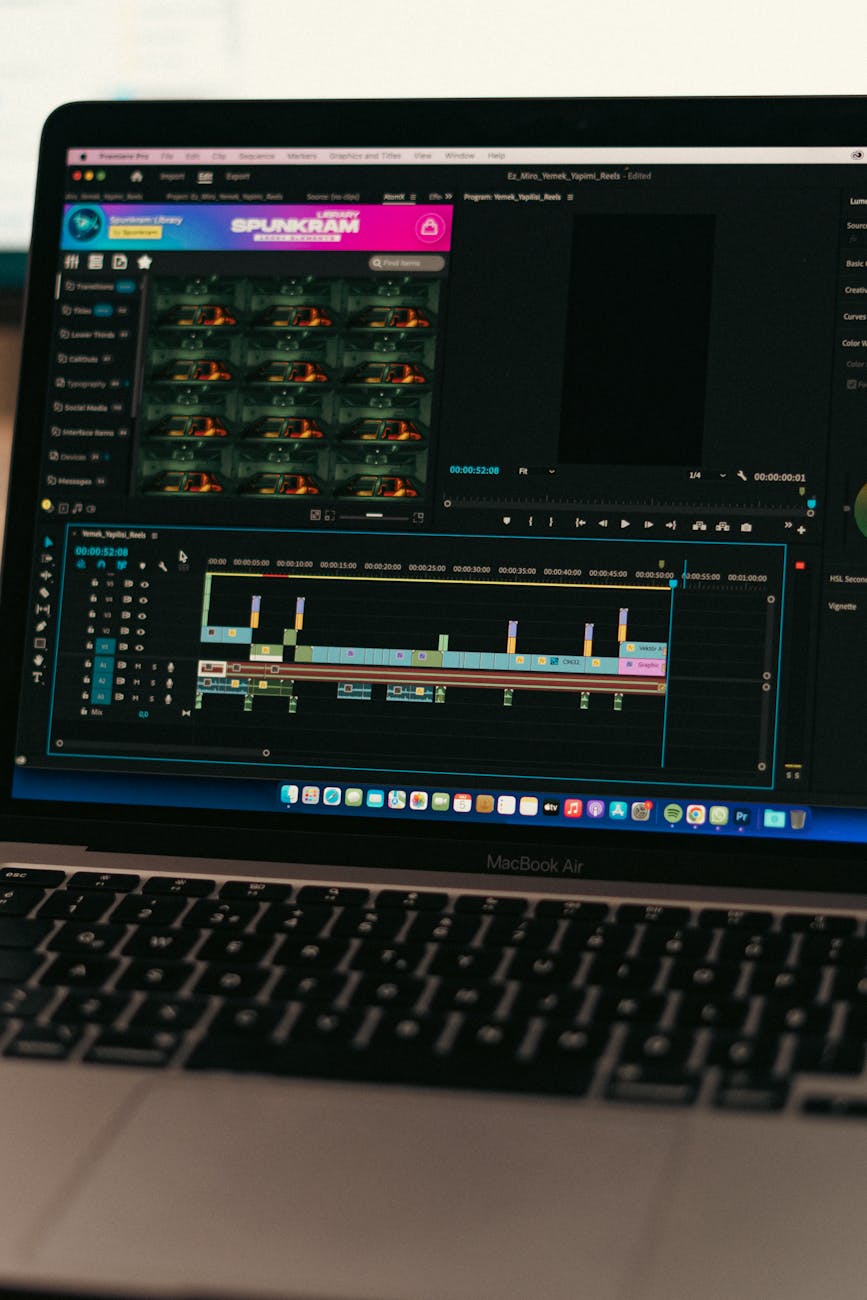Your First Steps: Mastering VS Code as a Beginner
Visual Studio Code, or VS Code as it’s commonly known, has rapidly become the go-to code editor for developers of all skill levels. Its versatility, extensive customization options, and powerful features make it a compelling choice for everything from simple HTML edits to complex software development projects. But for a beginner, the sheer number of options can feel overwhelming. This article aims to demystify VS Code, guiding you through the essential setup, core functionalities, and helpful extensions that will transform you from a novice to a confident VS Code user. We’ll cover installation, basic navigation, essential settings, and some must-have extensions to boost your productivity. Let’s dive in and unlock the potential of this incredible tool!
Installation and Initial Setup
Getting started with VS Code is remarkably straightforward. Head over to the official website (https://code.visualstudio.com/) and download the appropriate version for your operating system (Windows, macOS, or Linux). The installation process is standard for each platform – simply follow the on-screen instructions. Once installed, launch VS Code. You’ll be greeted with a welcome screen offering options to explore documentation, create a new file, or open an existing project. It’s worth noting that VS Code is built on Electron, meaning it’s cross-platform and shares a similar architecture to applications like Slack and Discord. During the initial setup, you might be prompted to select a theme – choose one that’s visually appealing to you, as you’ll be spending a lot of time looking at it!
Navigating the VS Code Interface
Understanding the VS Code interface is crucial for efficient coding. Let’s break down the key areas:
- The Activity Bar: Located on the left side, this bar provides quick access to essential features like File Explorer, Search, Source Control (Git), Extensions, and Debugging.
- The Editor: This is where you write and edit your code. You can open multiple files, and they’ll appear as tabs at the top.
- The Status Bar: At the bottom, this bar displays information like the current file path, Git branch, and any active errors or warnings.
- The Terminal: Accessed through the View menu or by pressing Ctrl+` (backtick), the integrated terminal allows you to run commands directly within VS Code.
Mastering keyboard shortcuts will significantly speed up your workflow. Some essential ones to learn early on include: Ctrl+N (new file), Ctrl+O (open file), Ctrl+S (save), Ctrl+Z (undo), Ctrl+Y (redo), and Ctrl+F (find). VS Code also offers excellent IntelliSense, providing code completion and suggestions as you type, which is a huge help for beginners.
Essential Settings and Customization
VS Code’s power lies in its extensive customization options. You can tailor the editor to your preferences through the Settings interface (File > Preferences > Settings, or Ctrl+,). Here are a few key settings to consider:
- Font Size and Family: Adjust these to ensure comfortable readability.
- Theme: Experiment with different themes to find one that suits your style.
- Auto Save: Enabling auto-save (File > Auto Save) prevents accidental data loss.
- Line Numbers: Ensure line numbers are visible for easier debugging.
- Indentation: Configure your preferred indentation style (tabs or spaces) and size.
VS Code uses JSON format for its settings. You can edit settings globally (affecting all projects) or on a workspace level (affecting only the current project). Understanding this distinction is important for managing your coding environment effectively.
Boosting Productivity with Extensions
VS Code’s extension marketplace is a treasure trove of tools that can significantly enhance your coding experience. Here are a few highly recommended extensions for beginners:
| Extension Name | Description | Use Case |
|---|---|---|
| Prettier – Code formatter | Automatically formats your code to maintain consistency. | Ensuring clean and readable code across projects. |
| ESLint | Identifies and reports on potential errors and style issues in JavaScript code. | Improving code quality and catching errors early. |
| Live Server | Starts a local development server with live reload functionality. | Quickly previewing web pages during development. |
| Bracket Pair Colorizer | Colorizes matching brackets, making code easier to read and understand. | Improved code readability, especially with nested structures. |
To install an extension, click on the Extensions icon in the Activity Bar (or press Ctrl+Shift+X). Search for the extension you want and click “Install.” VS Code will handle the rest. Regularly exploring the marketplace can uncover even more tools to streamline your workflow.
Conclusion
We’ve covered a significant amount of ground in this guide, from the initial installation of VS Code to customizing your environment with extensions. You now understand the core components of the VS Code interface, including the Activity Bar, Editor, Status Bar, and integrated Terminal. We explored essential settings like font size, theme, and auto-save, and highlighted the importance of keyboard shortcuts for efficient coding. Finally, we delved into the power of extensions, recommending several tools like Prettier, ESLint, Live Server, and Bracket Pair Colorizer to boost your productivity. Mastering VS Code takes time and practice, but by focusing on these fundamentals, you’ll be well on your way to becoming a proficient user. Don’t be afraid to experiment, explore the settings, and discover the extensions that best suit your needs. Happy coding!
